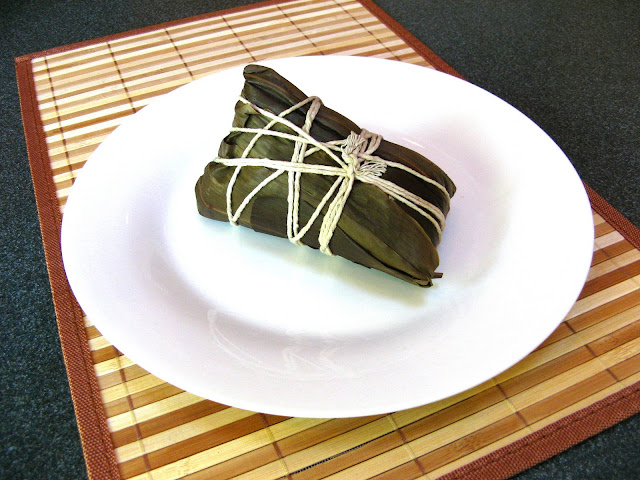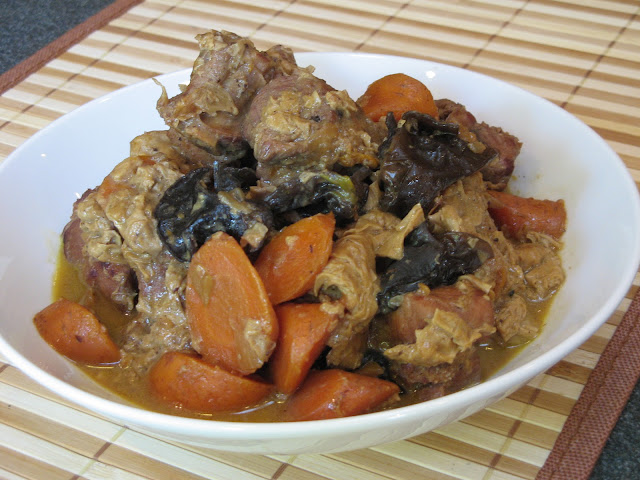This recipe was updated on 17 Aug 2015. Some instructions
and ingredient quantities were changed, the Chinese name was added, and
hyperlinks fixed.
I used a basic soy sauce marinade and added garam masala
powder to grill the whole chicken. Instead of cutting the chicken in half and
removing the backbone before grilling, I kept the chicken whole and put it on a
“beer can” stand to roast it upright in the barbeque. While I didn’t use a beer
can to keep the chicken upright, I have an apparatus that has two rods attached
to a pan that keep the chicken standing while being grilled.
The standing chicken is placed in the charcoal grate,
without using the grill grate. The barbeque cover can’t be used if the standing
chicken is placed on the grill grate in a 22.5 in. (57 cm.) grill, so that’s
why the standing chicken is placed on the charcoal grate with the coals
arranged around it in a circle. Adding a smoking wood to the grill, such as
hickory, mesquite, pecan, or whatever your favorite wood is, further enhances
the flavor.
You can look at the Poached
Chicken (白斬雞, Baak6 Zaam2
Gai1) with Ginger-Scallion Oil (薑蔥油,
Goeng1 Cung1 Jau4) recipe for instructions
on cutting and arranging a chicken on a platter.
Enjoy!






